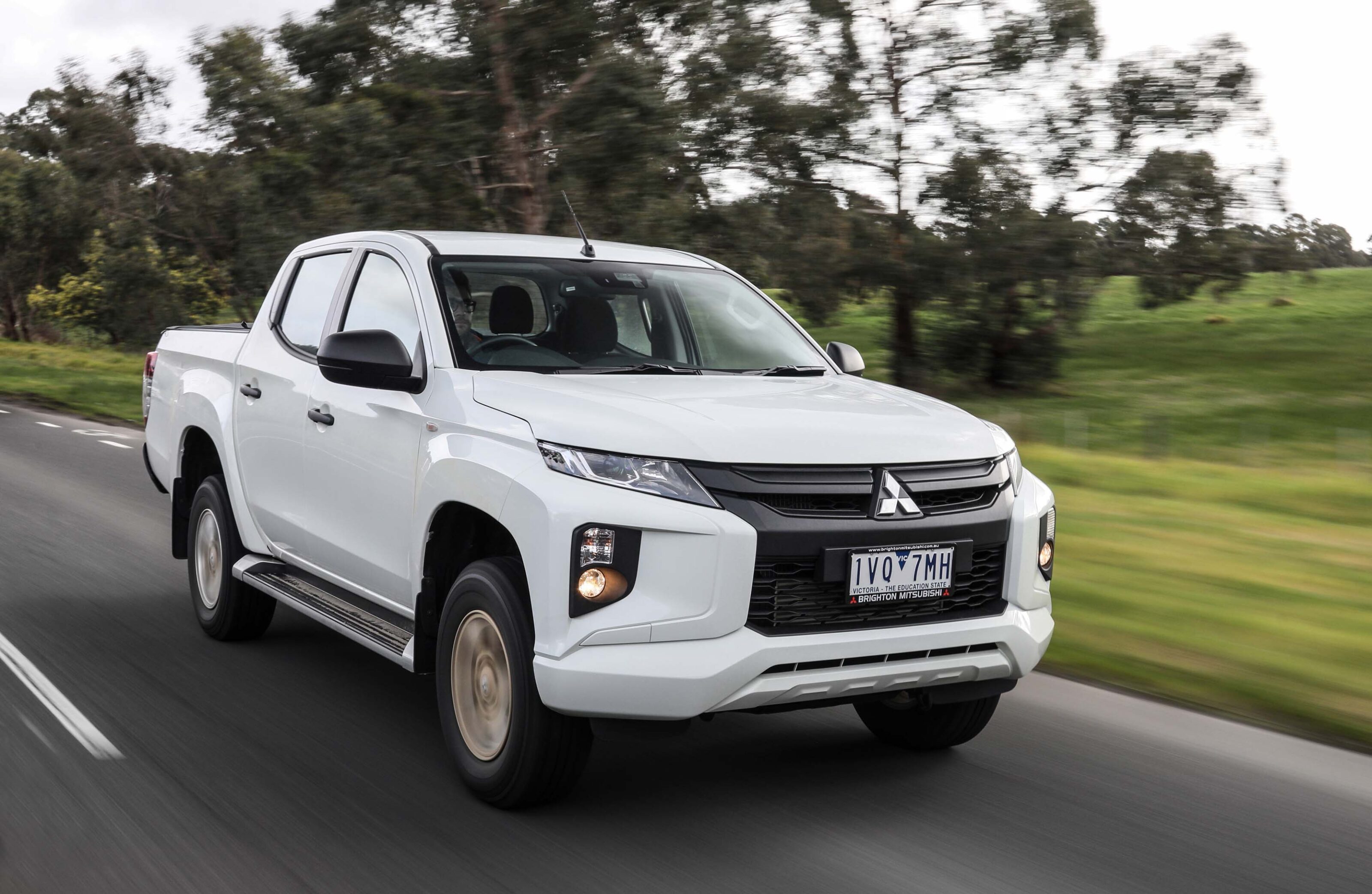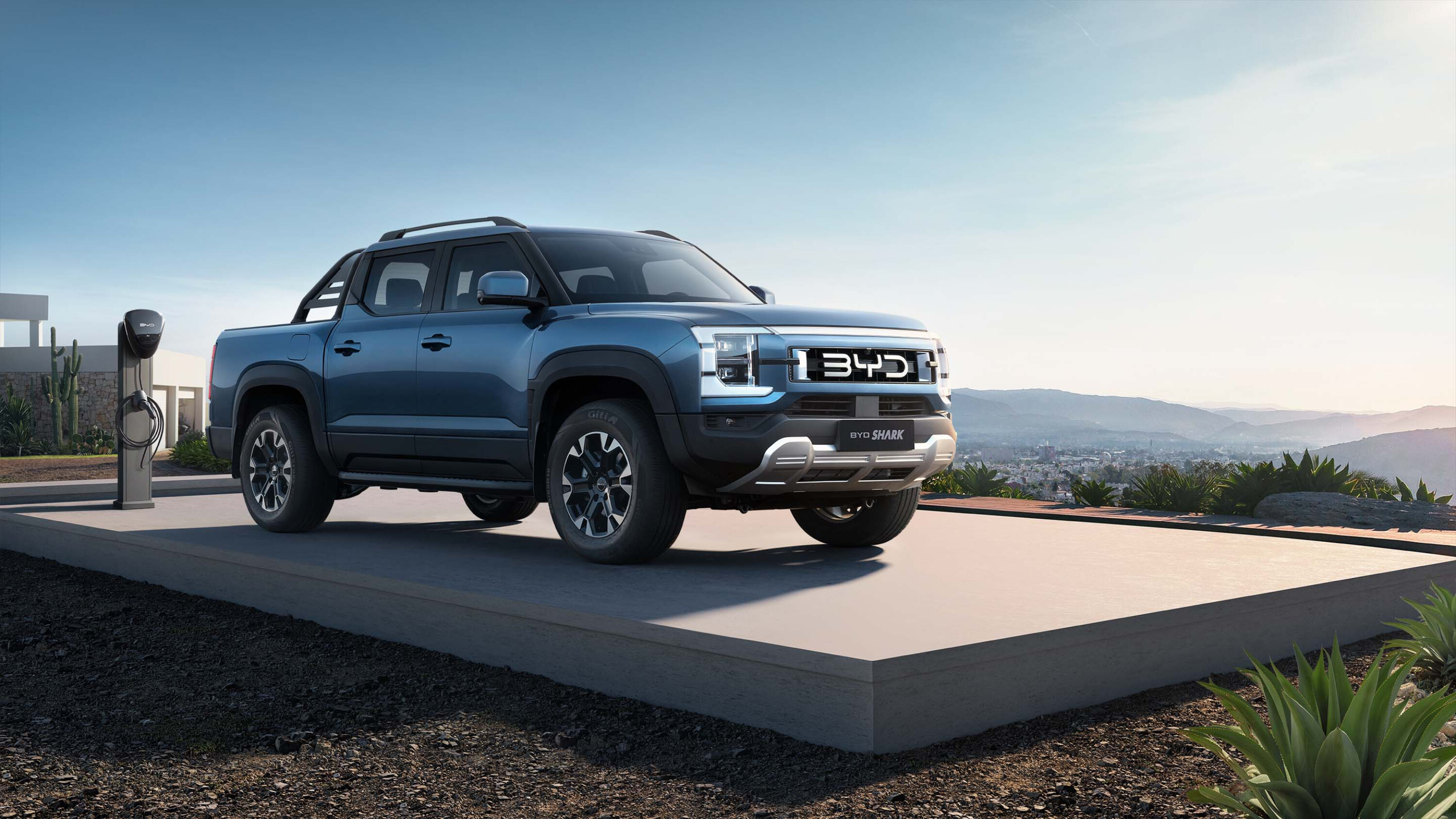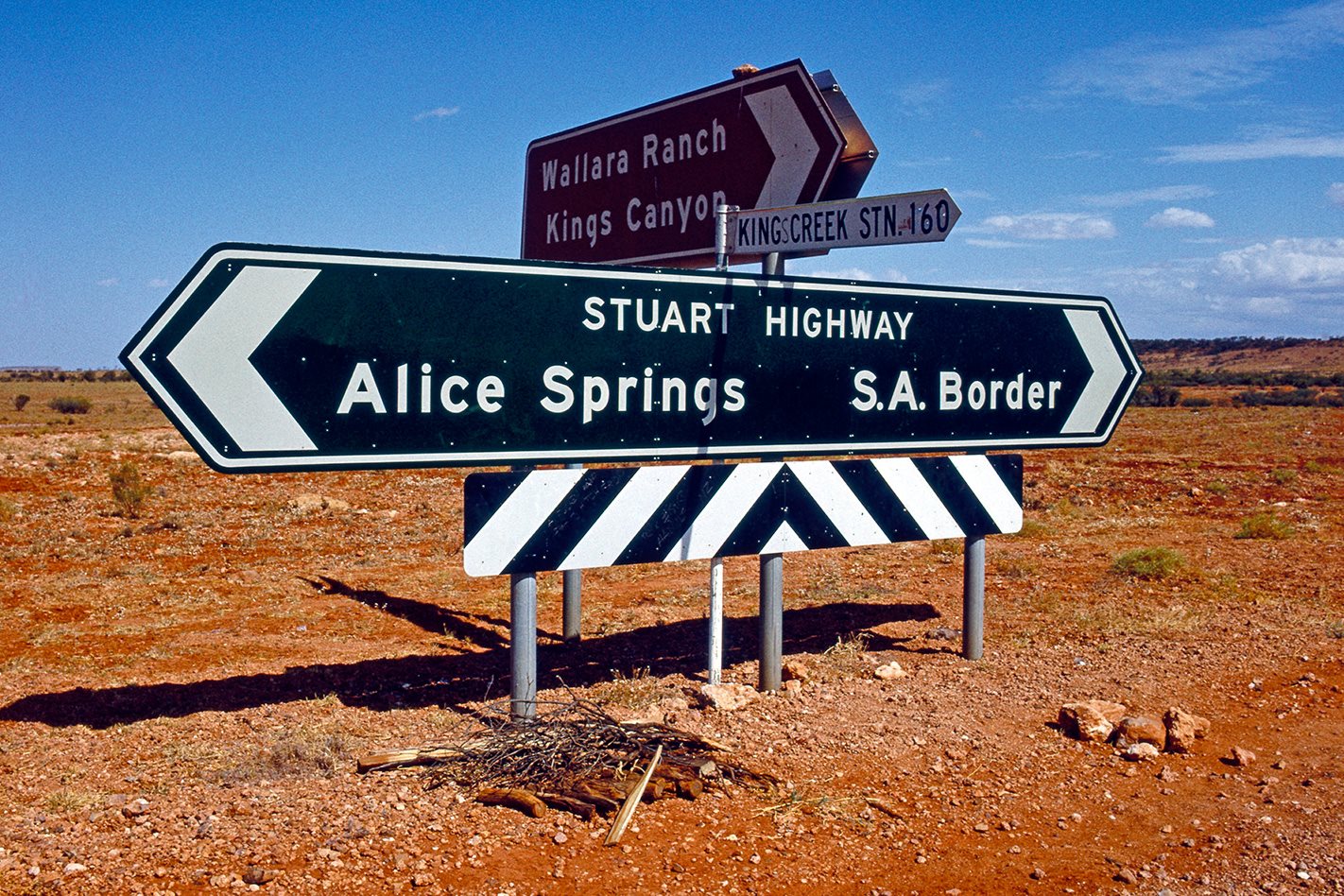Mitsubishi’s next-generation Triton is steadily approaching the showroom, with a global debut expected in mid-2023 with an Aussie arrival in 2024.
However, while Mitsubishi’s local office has voiced its desire for a hybrid variant – whether a regular hybrid or a more capable plug-in hybrid (PHEV) – Mitsubishi Motors’ top brass says that an electron-enhanced version of its workhorse Triton has yet to be locked in, and certainly won’t be available at launch.
Speaking to Wheels, Mitsubishi’s head of EV powertrain engineering and development Takashi Shirakawa confirmed that the company was taking a serious look at electrifying the Triton and its wagon-bodied sister, the Pajero Sport.
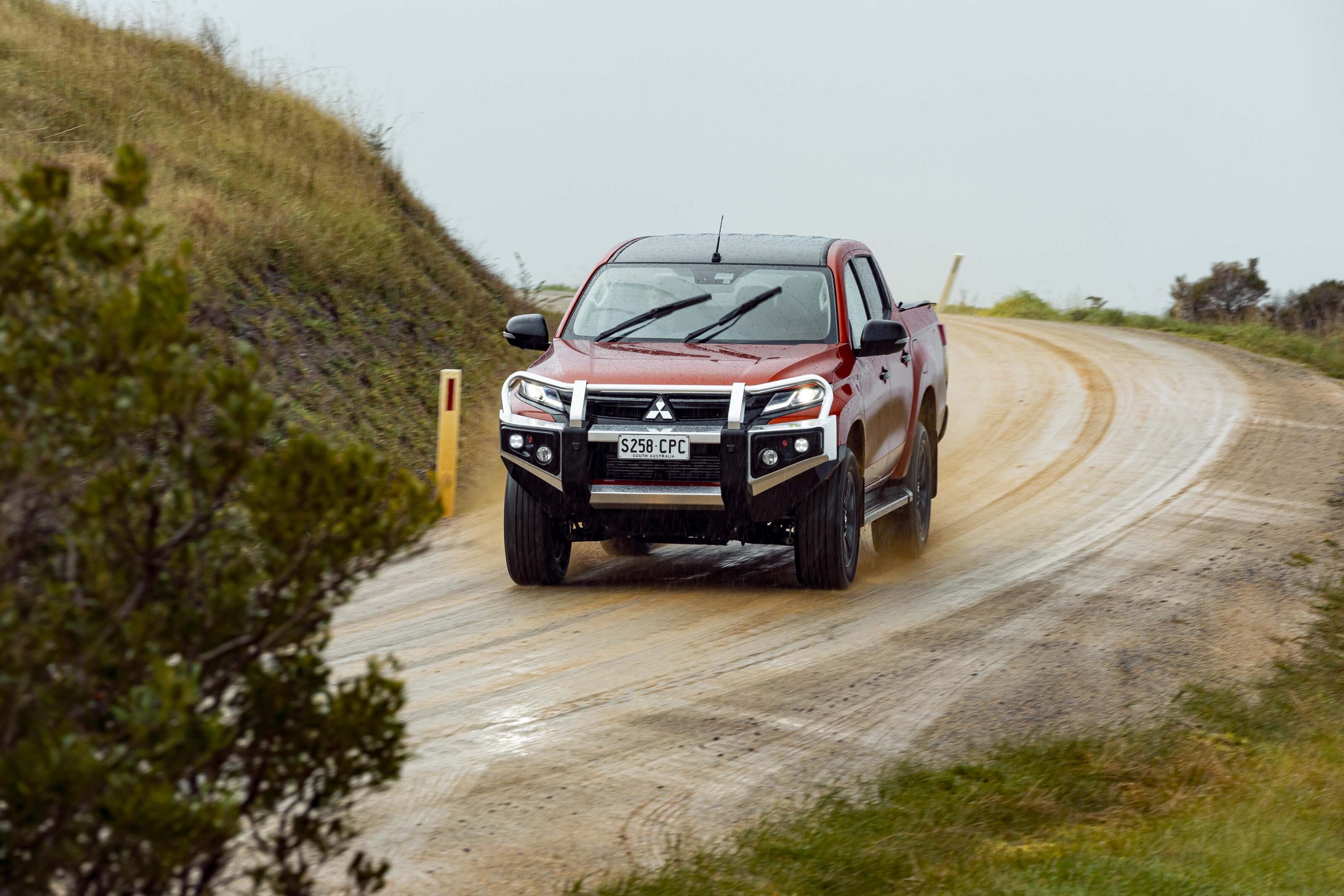
Mitsubishi is committed to offering an electrified version of all of its vehicles by the end of its decade, with 50 per cent of its models to be electric by then, so the news that these models are in the works is no surprise. However, those hoping that a hybrid option would be present upon the arrival of the new-generation Triton and Pajero Sport may be in for a longer wait than expected.
“We are trying to introduce the electrified [Triton] application in the 2020 period, not after 2030,” Shirakawa explained. Asked if we would see a hybrid Triton – whether PHEV or otherwise – by the end of 2025, Shirakawa said it didn’t seem likely at this point.
“We’re trying, but we don’t know if it will happen or not – it depends on whether we can reduce the cost,” he said.
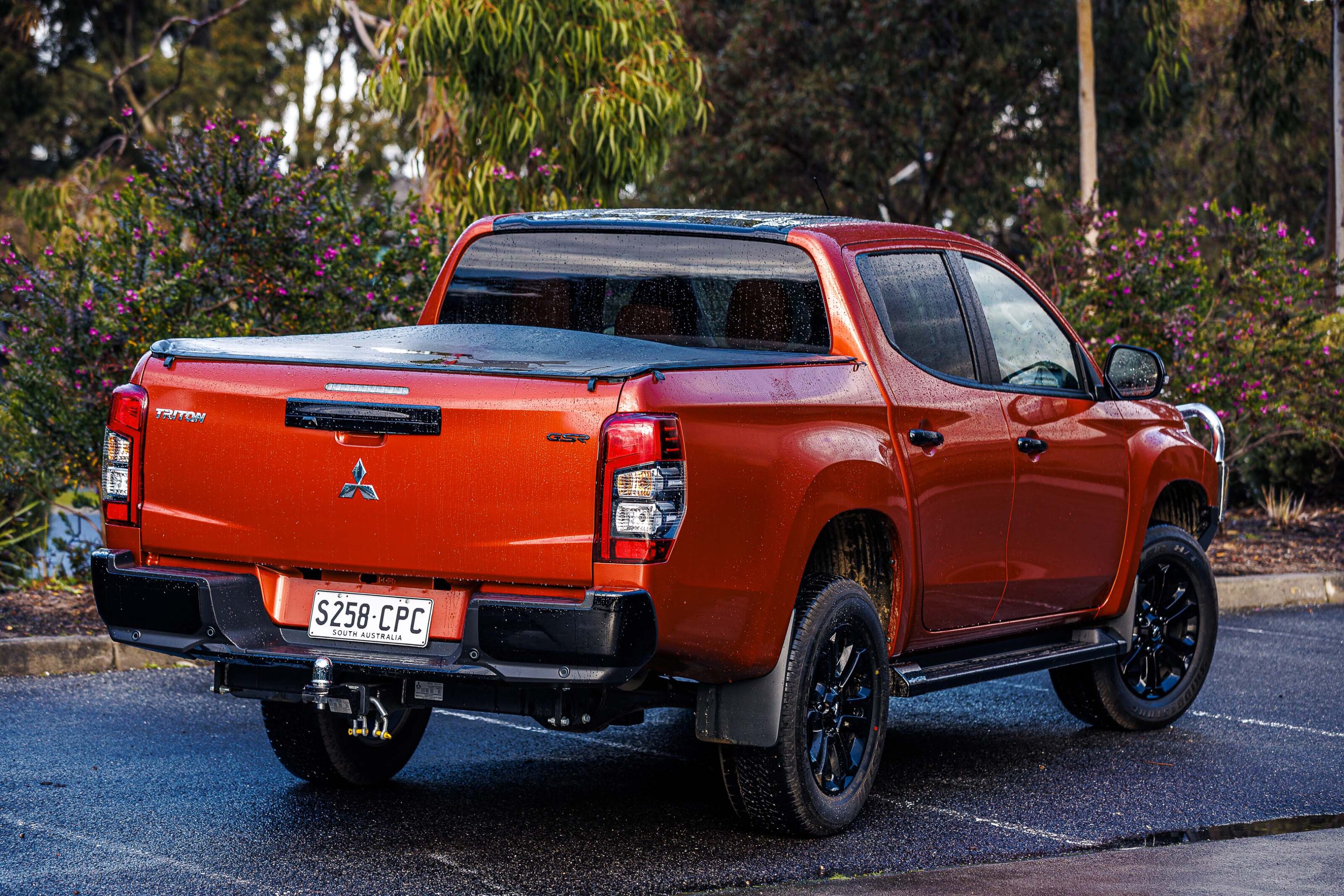
And when it comes to cost, a large part of that is centralised in the vehicle’s battery pack. Mitsubishi has the advantage of being able to lean on know-how and tech developed for its recently-launched second-generation Outlander PHEV, but with the new Triton being built on a rugged ladder-on-frame rather than the integrated unibody CMF-C/D architecture of the Outlander, a direct copy-paste isn’t achievable.
Would the Outlander’s 20kWh lithium-ion battery provide sufficient EV driving range for a heavy ute? Can the Outlander’s 85kW front motor, engineered for a transverse engine installation, be applied to the Triton’s longitudinal powertrains?
Likewise, is the Outlander PHEV’s 100kW rear motor, which sits in its own subframe and is mechanically divorced from the combustion hardware up front, somehow translate into a ute’s live-axle, leaf-sprung rear end? These are questions that Shirakawa and his team are still trying to answer.
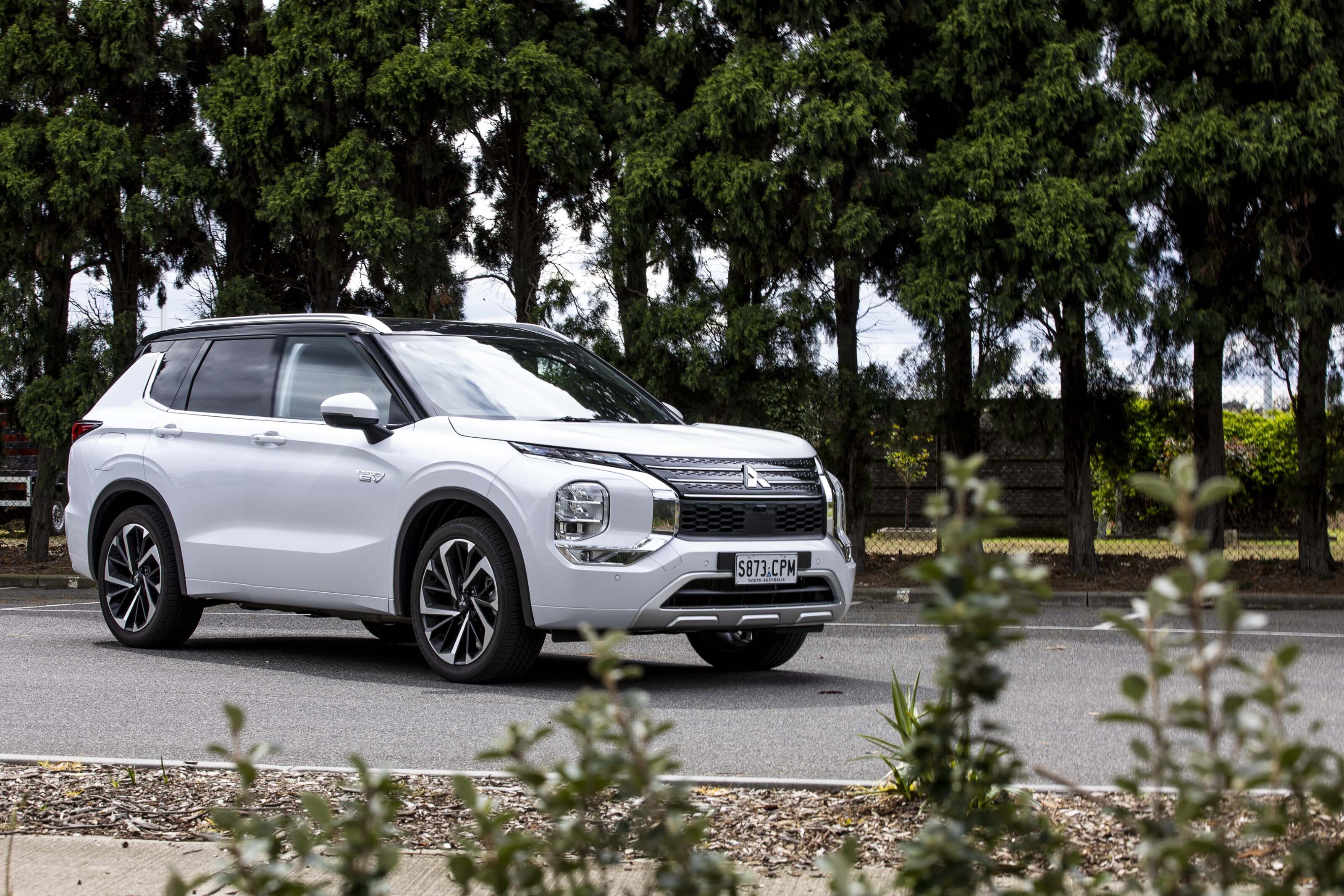
However, one thing he’s certain on is that a purely electric variant in the same vein as LDV’s eT60 (which launches in Australia next month) or Ford’s F-150 Lightning isn’t a likely starter for Mitsubishi.
“It [an electrified powertrain] is in advanced engineering already for Triton and Pajero Sport products, but from a CO2 reduction viewpoint a battery-electric is not a good answer,” Shirakawa said, before outlining that Mitsubishi’s take on an electrified ute would probably feature traction-enhancing capabilities via its electric motors.
“Electrification gives a customer benefit like manoeuvring in difficult conditions – electrification can enable some extra driving [capabilities]. So we are thinking about how to make electrified larger vehicles, but it is still under advanced engineering.
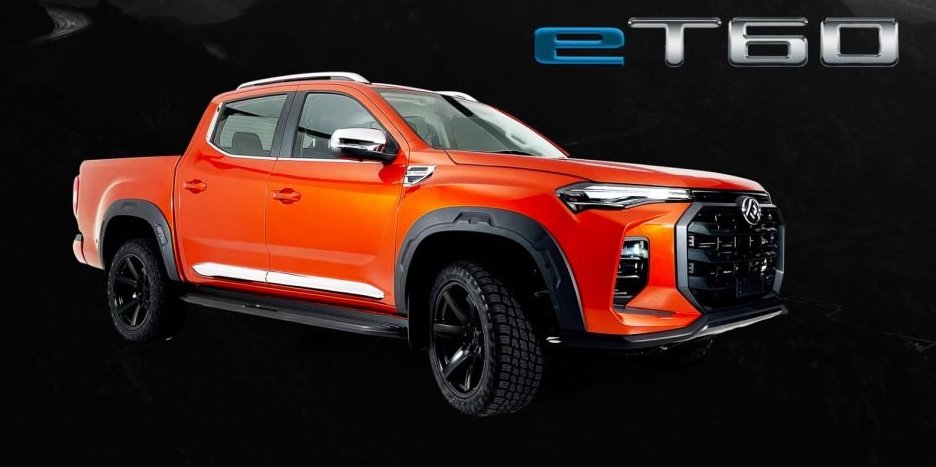
“We are thinking about whether hybrid is better, plug-in hybrid is better or pure electric is better, and we have those products in prototypes and we are comparing them, but our headache is always, always cost.”
With Mitsubishi’s current emissions reduction plan favouring a plug-in hybrid configuration for its large cars rather than conventional hybrid or EV options (see other story), it would seem that a Triton PHEV would be the most likely outcome – provided Mitsubishi can keep the price premium associated with that technology to an acceptable level. Eco-friendly utes are of no use to the environment if nobody buys them, after all.
If going the PHEV route, one feature that will likely be present in the Triton PHEV is some form of bi-directional charging.
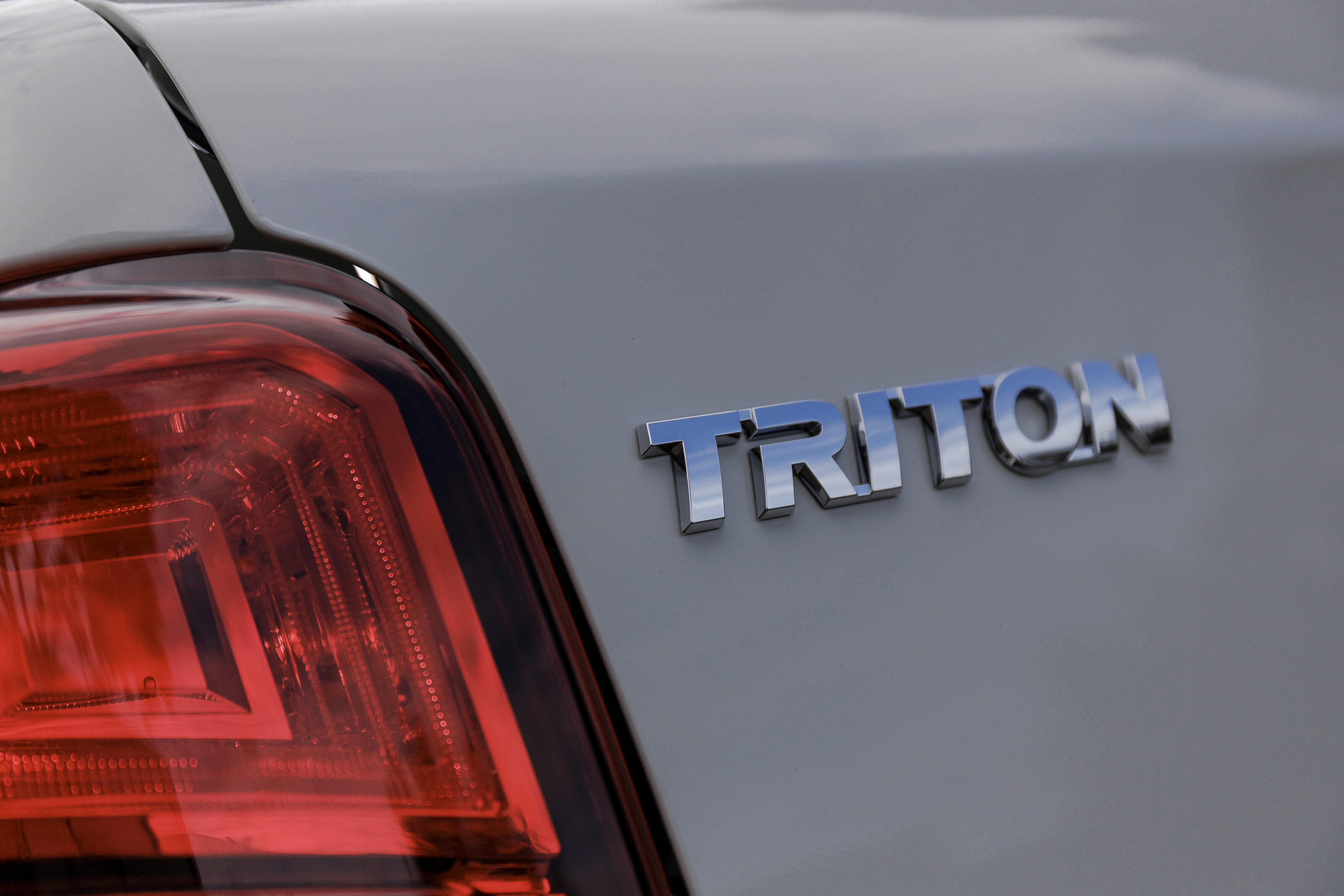
With the Outlander PHEV featuring the ability for drivers to draw power from its battery via two household power outlets (dubbed ‘vehicle-to-load’), a similar capability for the Triton PHEV seems like a no-brainer – particularly as the tradies driving them would likely appreciate being able to power plenty of electrical appliances without running the engine.
Another Outlander feature is a vehicle-to-home energy offloading function, which could also have practical applications for tradies and farmers who might need to power an entire premises that’s disconnected from the electricity grid.
Shirakawa wouldn’t disclose any other details about the forthcoming electrified Triton – or indeed the regular Triton – so nitty gritty details like what powertrains will be offered, its size and other specs remain under wraps for now. Expect to discover more about the next-gen Triton later next year.

